EVIDENCE OF FORCED LABOR AT HASHIMA ISLAND
입력 2021.03.31 (15:53)
수정 2021.04.05 (15:44)
읽어주기 기능은 크롬기반의
브라우저에서만 사용하실 수 있습니다.
[Anchor Lead]
The museum dedicated to Japan's Battleship Island, a UNESCO World Heritage site, denies that Korean laborers were discriminated against. But KBS has obtained a document saying Koreans workers were in fact not paid properly. Nearly 1300 Koreans never received their remuneration.
[Pkg]
A document drafted by Mitsubishi Takashima Coal Mine, the owner of a mine on Hashima, also known as Battleship island, at the instruction of Japan's Ministry of Health, Labor and Welfare in 1946, shortly after the Pacific War. It lists the names, age, place of origin and unpaid salaries of Korean nationals who were forced to work there.
[Soundbite] "500-550 yen per person. The daily pay was too low. Women received only 1 or 2 yen."
Some were under-aged.
[Soundbite] "Fourteen-year-olds were assigned to transport coal in the mine. The overdue pay is 133 yen. That's 2-3 months' pay."
Overdue payments to 1,299 workers amount to more than 224,000 Japanese yen. In today's value, that's billions of won. But Japan's Industrial Heritage Information Center shows no related facts. Instead, it displays testimonies denying discrimination against Koreans.
[Soundbite] "Fumio Suzuki (Testimonial video): I never heard that Koreans were ill-treated on Hashima Island."
To prove it, the facility has put on display salary envelopes of Taiwanese workers.
[Soundbite] "Yasuto Takeuchi (Researcher of forced labor): They were treated differently from Taiwanese workers. Those who were brought from Korea were forced to deposit about 40 percent of their pay. There's quite a large sum they couldn't receive due to the chaotic situation following the war."
Korea and Japan signed a claims settlement agreement in 1965. The Japanese government reiterated so far that the right to claim unpaid money had expired.
[Soundbite] "Yasuto Takeuchi (Researcher of forced labor) : It's impossible for governments to abolish the right to claim personal assets. It's the right of individuals."
Last month, Japanese civic groups requested Prime Minister Yoshihide Suga address such issues at the exhibit. They said putting on display only select items and testimonies constitutes historical distortion. The Japanese government has given no response thus far.
The museum dedicated to Japan's Battleship Island, a UNESCO World Heritage site, denies that Korean laborers were discriminated against. But KBS has obtained a document saying Koreans workers were in fact not paid properly. Nearly 1300 Koreans never received their remuneration.
[Pkg]
A document drafted by Mitsubishi Takashima Coal Mine, the owner of a mine on Hashima, also known as Battleship island, at the instruction of Japan's Ministry of Health, Labor and Welfare in 1946, shortly after the Pacific War. It lists the names, age, place of origin and unpaid salaries of Korean nationals who were forced to work there.
[Soundbite] "500-550 yen per person. The daily pay was too low. Women received only 1 or 2 yen."
Some were under-aged.
[Soundbite] "Fourteen-year-olds were assigned to transport coal in the mine. The overdue pay is 133 yen. That's 2-3 months' pay."
Overdue payments to 1,299 workers amount to more than 224,000 Japanese yen. In today's value, that's billions of won. But Japan's Industrial Heritage Information Center shows no related facts. Instead, it displays testimonies denying discrimination against Koreans.
[Soundbite] "Fumio Suzuki (Testimonial video): I never heard that Koreans were ill-treated on Hashima Island."
To prove it, the facility has put on display salary envelopes of Taiwanese workers.
[Soundbite] "Yasuto Takeuchi (Researcher of forced labor): They were treated differently from Taiwanese workers. Those who were brought from Korea were forced to deposit about 40 percent of their pay. There's quite a large sum they couldn't receive due to the chaotic situation following the war."
Korea and Japan signed a claims settlement agreement in 1965. The Japanese government reiterated so far that the right to claim unpaid money had expired.
[Soundbite] "Yasuto Takeuchi (Researcher of forced labor) : It's impossible for governments to abolish the right to claim personal assets. It's the right of individuals."
Last month, Japanese civic groups requested Prime Minister Yoshihide Suga address such issues at the exhibit. They said putting on display only select items and testimonies constitutes historical distortion. The Japanese government has given no response thus far.
■ 제보하기
▷ 카카오톡 : 'KBS제보' 검색, 채널 추가
▷ 전화 : 02-781-1234, 4444
▷ 이메일 : kbs1234@kbs.co.kr
▷ 유튜브, 네이버, 카카오에서도 KBS뉴스를 구독해주세요!
- EVIDENCE OF FORCED LABOR AT HASHIMA ISLAND
-
- 입력 2021-03-31 15:53:40
- 수정2021-04-05 15:44:38
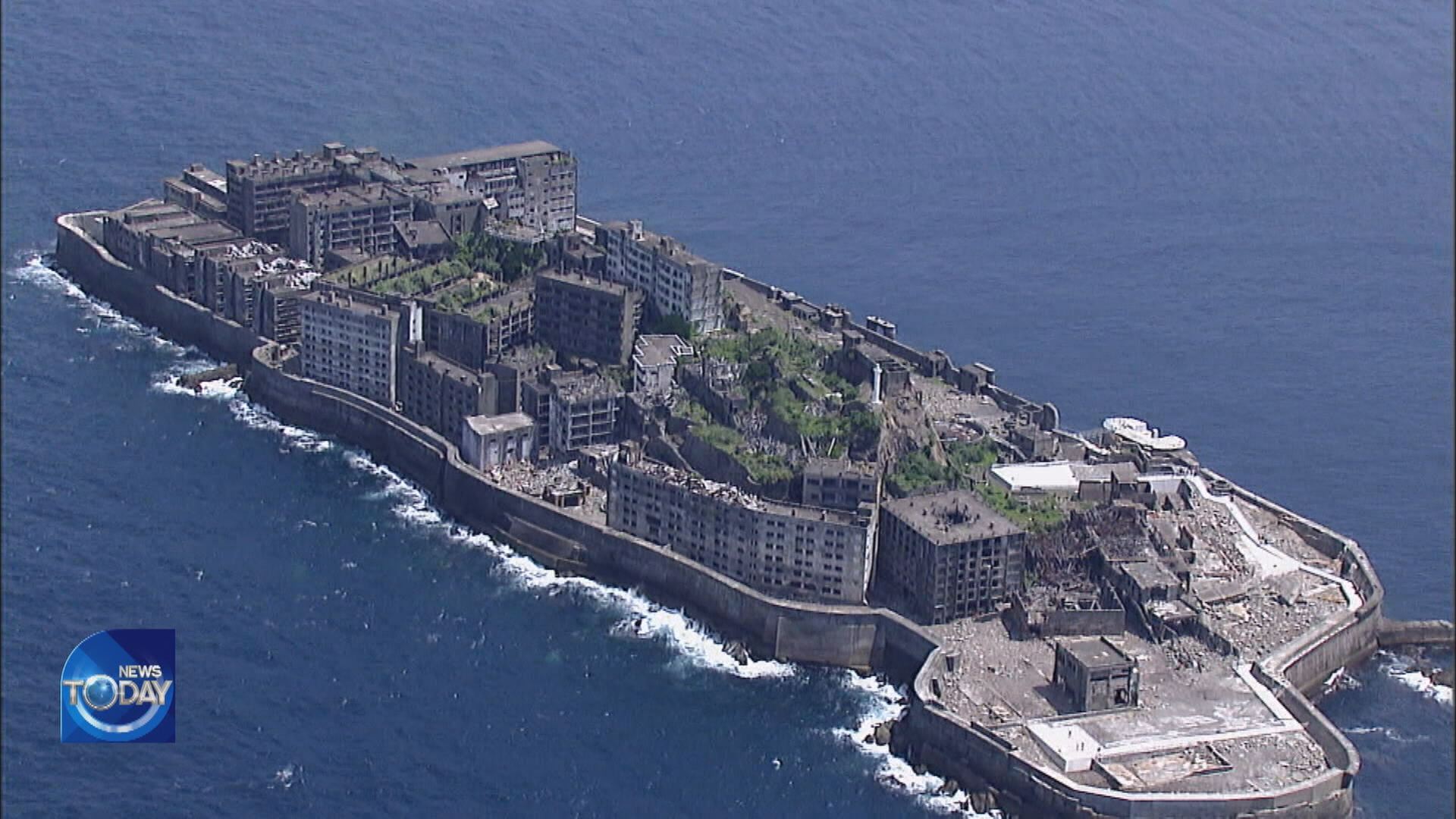
[Anchor Lead]
The museum dedicated to Japan's Battleship Island, a UNESCO World Heritage site, denies that Korean laborers were discriminated against. But KBS has obtained a document saying Koreans workers were in fact not paid properly. Nearly 1300 Koreans never received their remuneration.
[Pkg]
A document drafted by Mitsubishi Takashima Coal Mine, the owner of a mine on Hashima, also known as Battleship island, at the instruction of Japan's Ministry of Health, Labor and Welfare in 1946, shortly after the Pacific War. It lists the names, age, place of origin and unpaid salaries of Korean nationals who were forced to work there.
[Soundbite] "500-550 yen per person. The daily pay was too low. Women received only 1 or 2 yen."
Some were under-aged.
[Soundbite] "Fourteen-year-olds were assigned to transport coal in the mine. The overdue pay is 133 yen. That's 2-3 months' pay."
Overdue payments to 1,299 workers amount to more than 224,000 Japanese yen. In today's value, that's billions of won. But Japan's Industrial Heritage Information Center shows no related facts. Instead, it displays testimonies denying discrimination against Koreans.
[Soundbite] "Fumio Suzuki (Testimonial video): I never heard that Koreans were ill-treated on Hashima Island."
To prove it, the facility has put on display salary envelopes of Taiwanese workers.
[Soundbite] "Yasuto Takeuchi (Researcher of forced labor): They were treated differently from Taiwanese workers. Those who were brought from Korea were forced to deposit about 40 percent of their pay. There's quite a large sum they couldn't receive due to the chaotic situation following the war."
Korea and Japan signed a claims settlement agreement in 1965. The Japanese government reiterated so far that the right to claim unpaid money had expired.
[Soundbite] "Yasuto Takeuchi (Researcher of forced labor) : It's impossible for governments to abolish the right to claim personal assets. It's the right of individuals."
Last month, Japanese civic groups requested Prime Minister Yoshihide Suga address such issues at the exhibit. They said putting on display only select items and testimonies constitutes historical distortion. The Japanese government has given no response thus far.
The museum dedicated to Japan's Battleship Island, a UNESCO World Heritage site, denies that Korean laborers were discriminated against. But KBS has obtained a document saying Koreans workers were in fact not paid properly. Nearly 1300 Koreans never received their remuneration.
[Pkg]
A document drafted by Mitsubishi Takashima Coal Mine, the owner of a mine on Hashima, also known as Battleship island, at the instruction of Japan's Ministry of Health, Labor and Welfare in 1946, shortly after the Pacific War. It lists the names, age, place of origin and unpaid salaries of Korean nationals who were forced to work there.
[Soundbite] "500-550 yen per person. The daily pay was too low. Women received only 1 or 2 yen."
Some were under-aged.
[Soundbite] "Fourteen-year-olds were assigned to transport coal in the mine. The overdue pay is 133 yen. That's 2-3 months' pay."
Overdue payments to 1,299 workers amount to more than 224,000 Japanese yen. In today's value, that's billions of won. But Japan's Industrial Heritage Information Center shows no related facts. Instead, it displays testimonies denying discrimination against Koreans.
[Soundbite] "Fumio Suzuki (Testimonial video): I never heard that Koreans were ill-treated on Hashima Island."
To prove it, the facility has put on display salary envelopes of Taiwanese workers.
[Soundbite] "Yasuto Takeuchi (Researcher of forced labor): They were treated differently from Taiwanese workers. Those who were brought from Korea were forced to deposit about 40 percent of their pay. There's quite a large sum they couldn't receive due to the chaotic situation following the war."
Korea and Japan signed a claims settlement agreement in 1965. The Japanese government reiterated so far that the right to claim unpaid money had expired.
[Soundbite] "Yasuto Takeuchi (Researcher of forced labor) : It's impossible for governments to abolish the right to claim personal assets. It's the right of individuals."
Last month, Japanese civic groups requested Prime Minister Yoshihide Suga address such issues at the exhibit. They said putting on display only select items and testimonies constitutes historical distortion. The Japanese government has given no response thus far.
이 기사가 좋으셨다면
-
좋아요
0
-
응원해요
0
-
후속 원해요
0










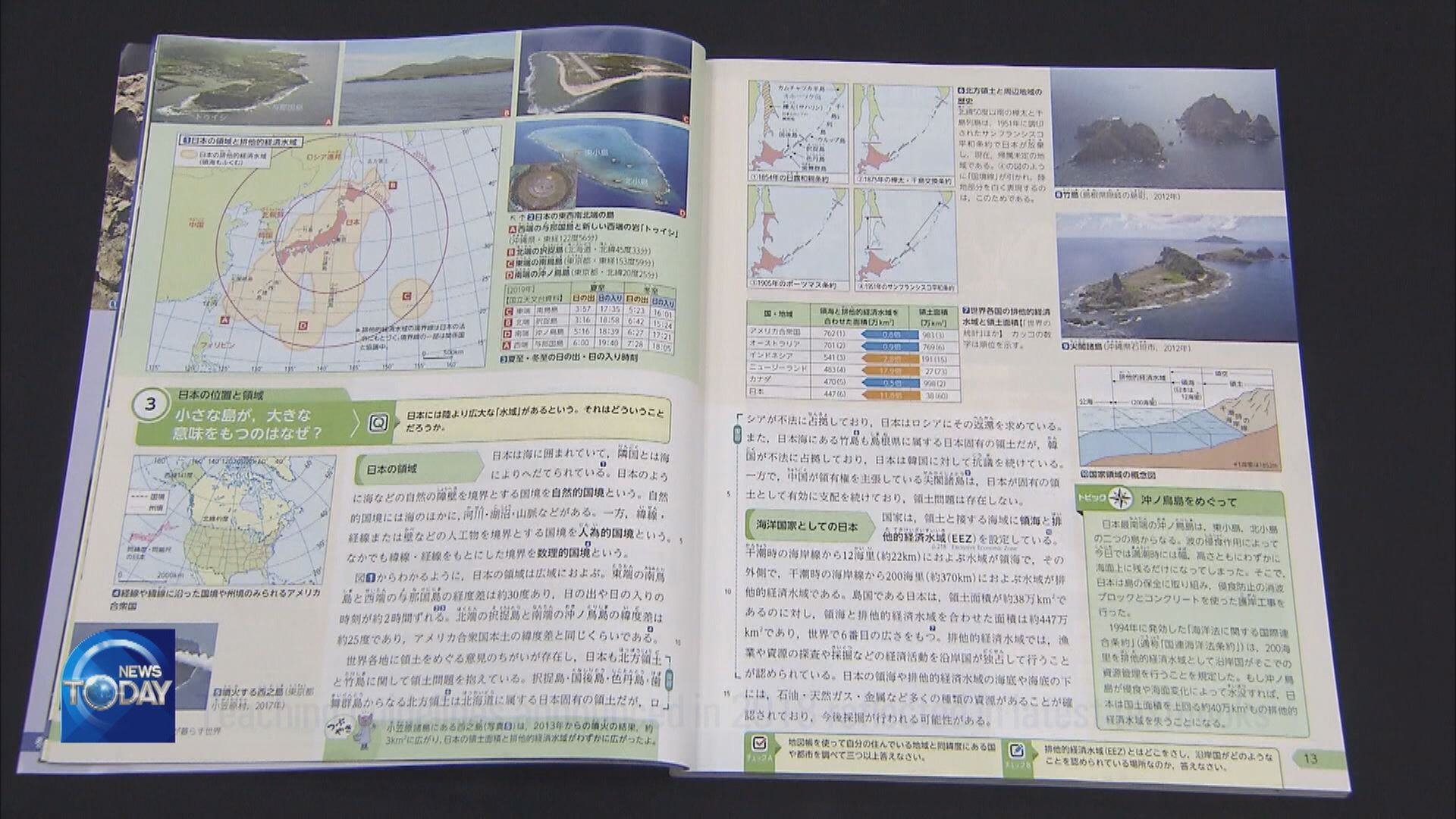
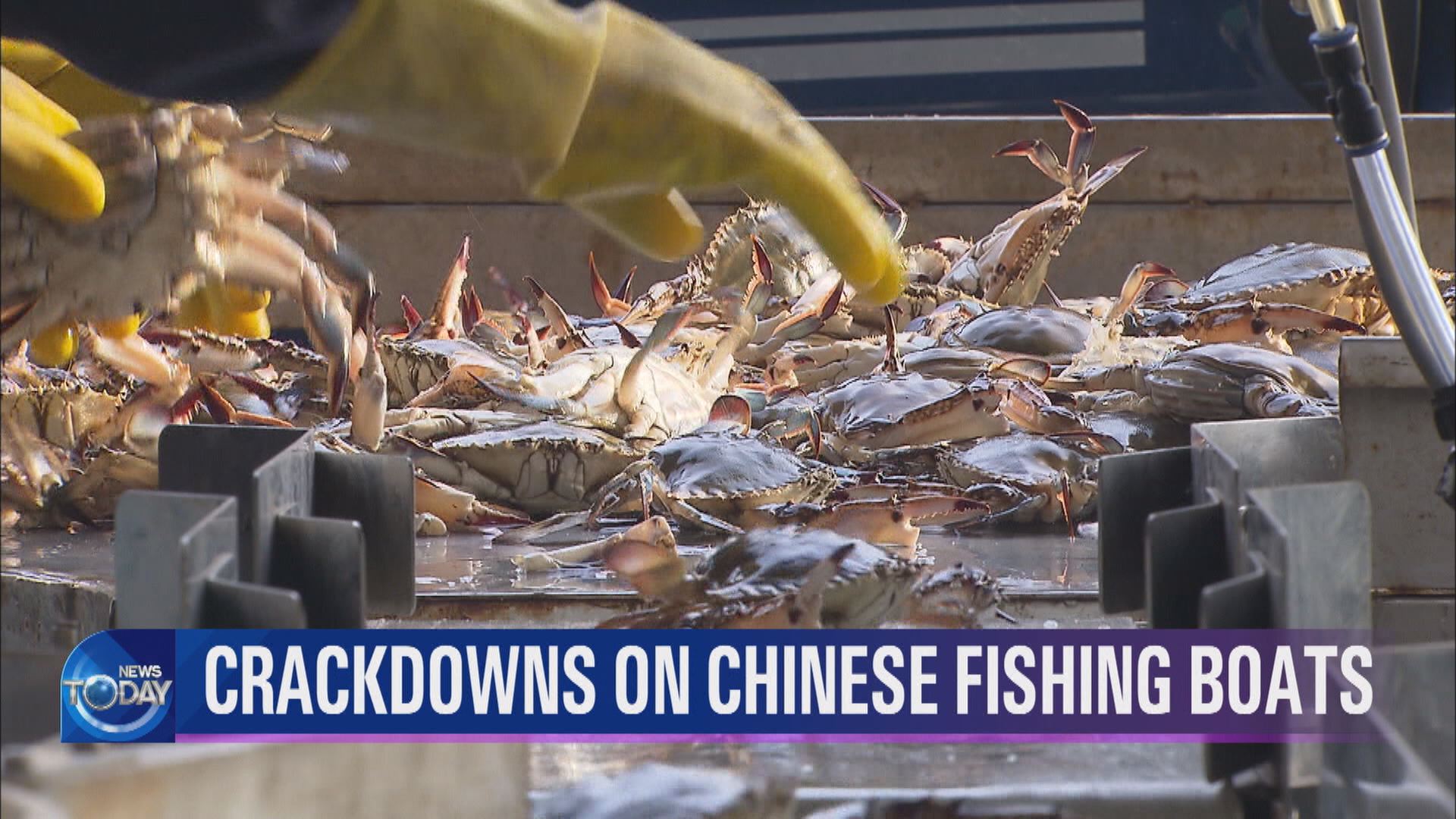
![[속보] 법원, 이재명 대통령 ‘법카 유용 의혹’ <br>재판 연기…기일 추후 지정](/data/news/2025/07/01/20250701_M11rp4.jpg)
![[속보] 검찰 고위간부 인사…<br>중앙지검장 정진우·동부지검장 임은정](/data/layer/904/2025/07/20250701_nl3Pv7.jpg)
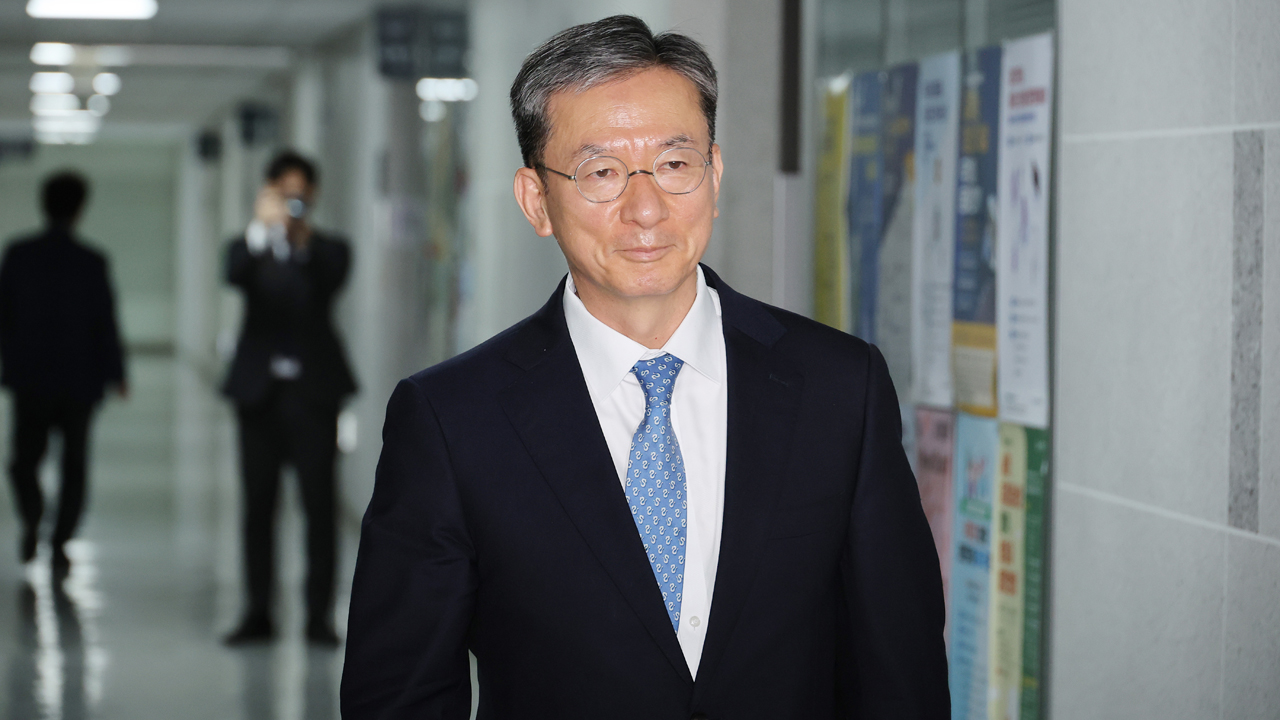
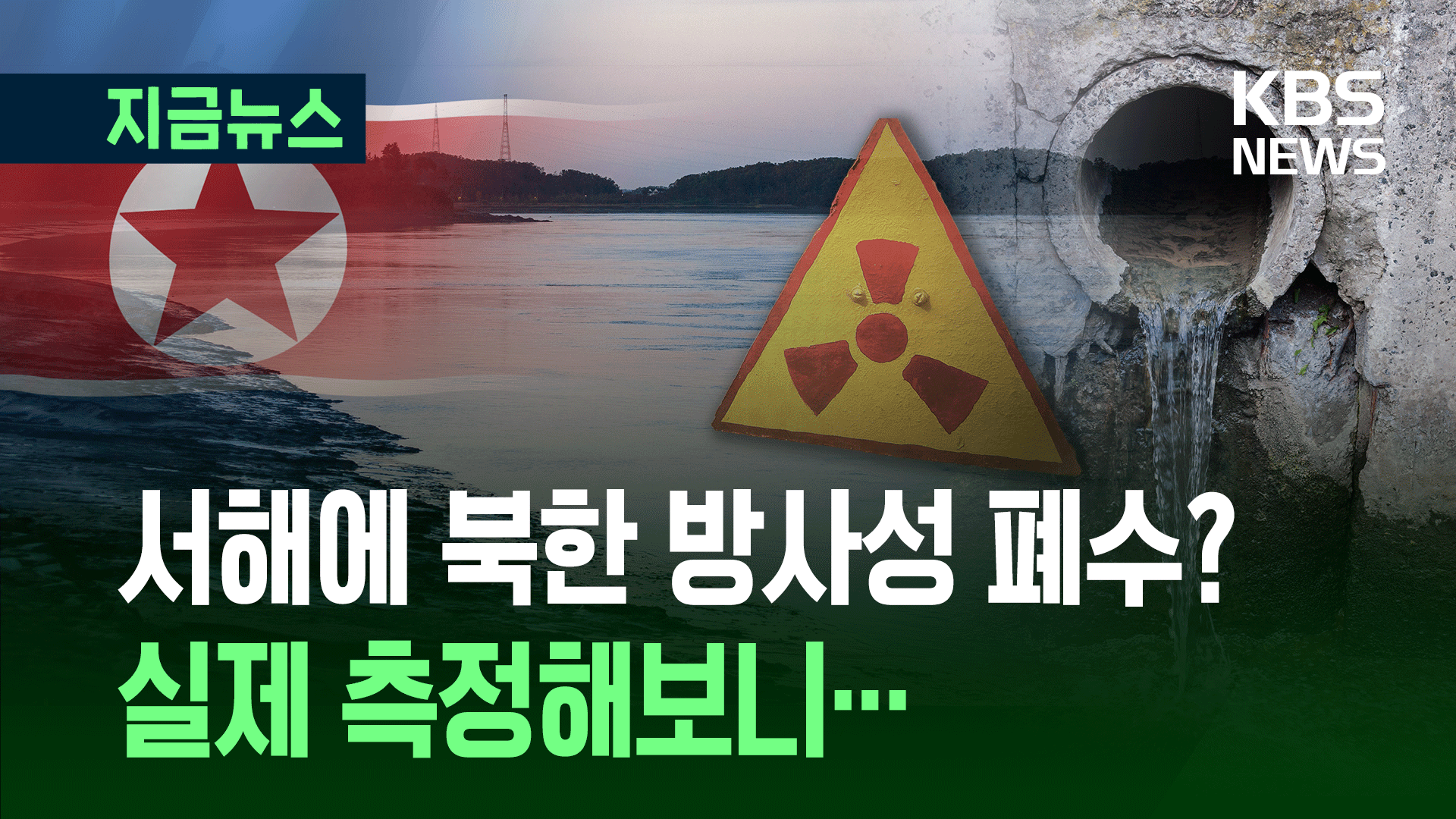

이 기사에 대한 의견을 남겨주세요.